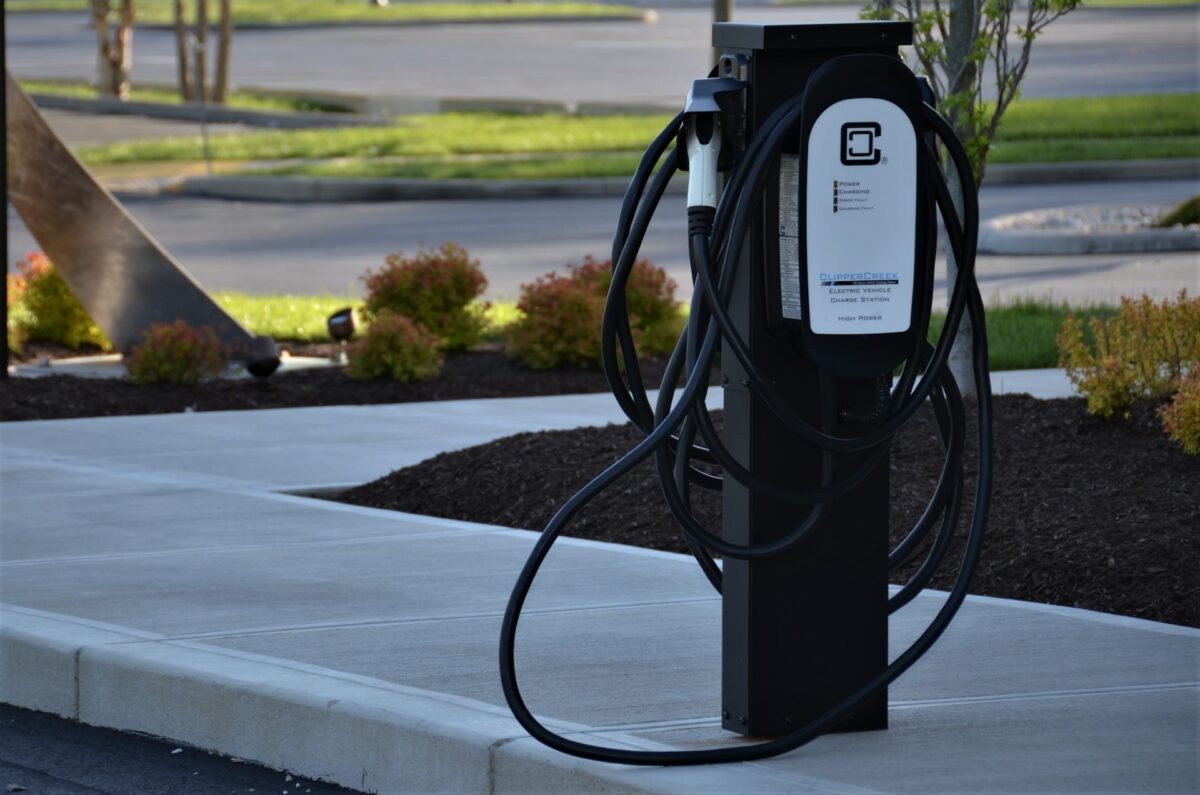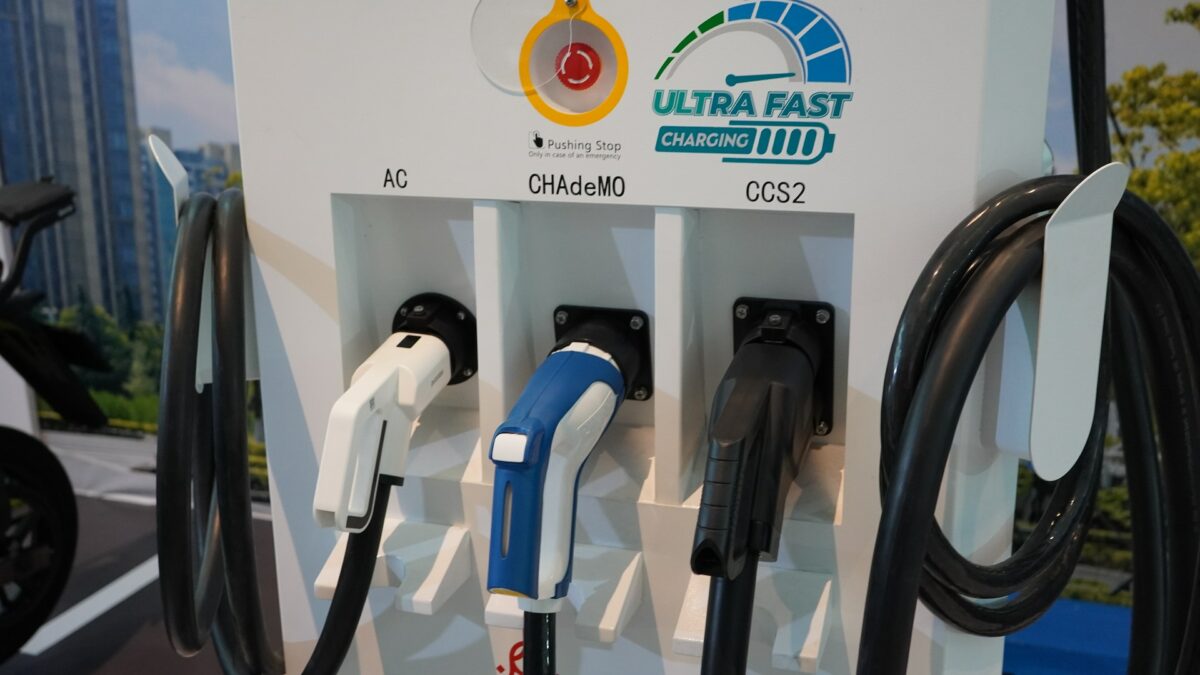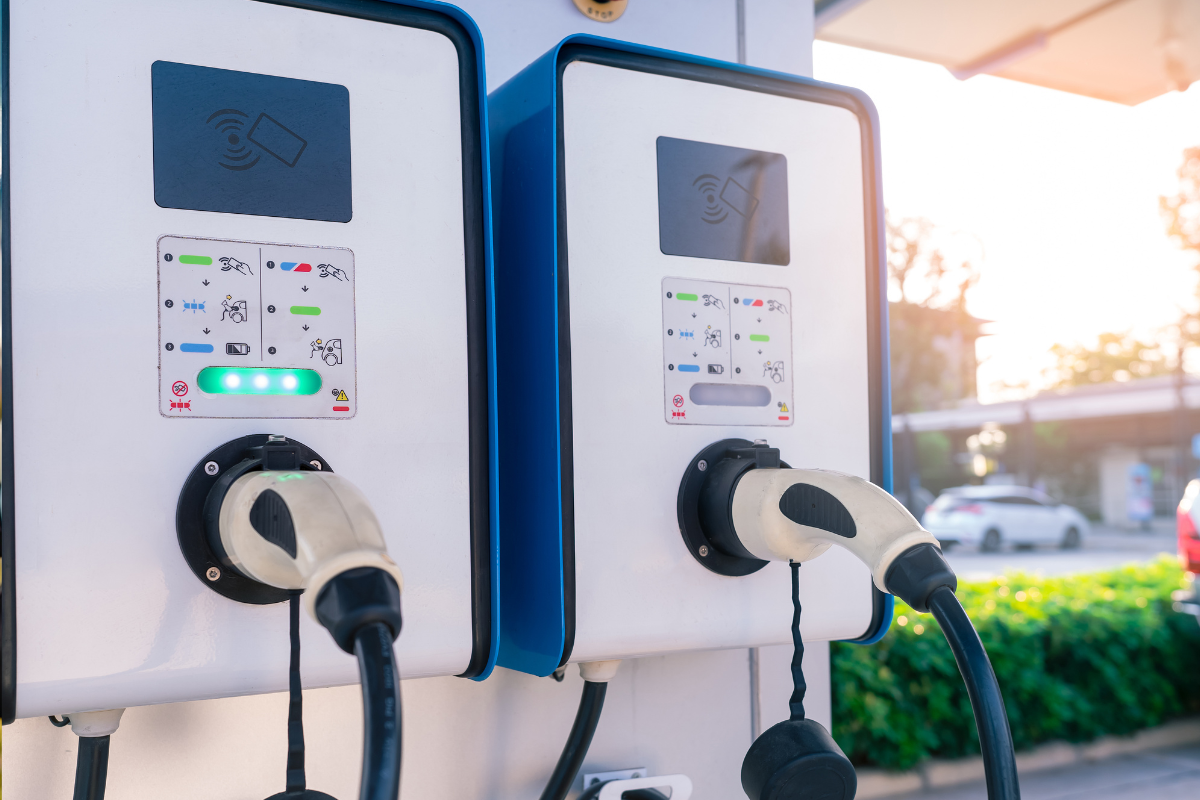As the world makes a concerted effort to reduce carbon emissions and combat climate change, electric vehicles (EVs) have emerged as a crucial part of the solution.
EVs are not only environmentally friendly but also offer significant savings on fuel and maintenance costs.
However, one of the key elements that make EVs functional is often overlooked—the EV’s charging port.
In this article, we will delve into the world of EV’s charging ports, exploring their importance, types, and the future innovations that are shaping the way we charge our electric vehicles.
Post Contents
The Vital Role of EV’s Charging Ports
The charging port of an electric vehicle can be likened to the heart of a human body. It is the interface through which the vehicle receives the lifeblood of energy needed to operate.
Without a functional and compatible charging port, an electric vehicle cannot be charged, rendering it immobile and defeating the purpose of sustainable transportation.

Types Of Charging Ports
There are several types of charging ports for electric vehicles, each designed to cater to different charging needs and power levels. The main types include:
A. AC Charging Ports
Alternating Current (AC) charging ports are the most common type and are typically found in residential charging stations and Level 1 and Level 2 public chargers.
They use a standard J1772 connector, which is widely adopted and compatible with most EVs on the market. AC charging is slower than DC charging but is suitable for overnight charging at home.
B. DC Fast Charging Ports
Direct Current (DC) fast charging ports are designed for rapid charging and are commonly used in Level 3 public charging stations.
These ports use various connector types, such as CHAdeMO, CCS (Combo), and Tesla Superchargers. DC fast charging can provide a significant amount of energy in a short time, making it ideal for long-distance travel.
C. Wireless Charging Ports
Wireless charging ports, also known as inductive charging, are an innovative approach to EV charging.
They eliminate the need for physical connectors and cables by using electromagnetic fields to transfer energy from a charging pad to the vehicle.
While still emerging, wireless charging technology offers convenience and ease of use.
D. Home Charging Ports
These ports are usually installed in residential settings and are designed for Level 1 and Level 2 charging.
They typically use the J1772 connector and are essential for EV owners who charge their vehicles at home.
Connector Compatibility
Connector compatibility is a critical aspect of EV’s charging port. EV manufacturers have made significant efforts to standardize connectors to ensure that most EVs can use the same charging infrastructure.
However, there are still differences between connectors used by different manufacturers.
- SAE J1772: This is the most widely adopted standard for AC charging in North America. It is used by many EV manufacturers and is found in most residential and public charging stations.
- Tesla Connector: Tesla vehicles use a proprietary connector for their Supercharger network, but they also include an adapter for the J1772 connector, allowing Tesla owners to use other charging infrastructure.
- CHAdeMO: CHAdeMO is a DC fast charging standard primarily used by Nissan and other Japanese automakers. It has a significant presence in the Asian market.
- CCS (Combo): Combined Charging System (CCS) is a DC fast charging standard that has gained popularity in Europe and is now increasingly used in North America. It combines the capabilities of the J1772 connector with additional DC pins for fast charging.
Charging Speed and Power Levels
Charging speed and power levels are directly related to the type of charging port and connector used.

Level 1 charging, typically found in standard household outlets, is the slowest and can take many hours to fully charge an EV.
Level 2 charging, commonly used at home and in public charging stations, offers faster charging and is suitable for overnight charging.
Level 3, or DC fast charging, is the fastest and is essential for long-distance travel.
Future Innovations In Charging Ports
For those who are constantly on the move and need to charge their EV in various locations, a portable EVSE might be the ideal choice.
Portable chargers are compact and designed to be carried in your vehicle, providing flexibility when you need to charge away from home.
They often come with adapters to fit different outlets, making them versatile for various charging scenarios.
The world of EV’s charging ports is not static. It continues to evolve with innovations aimed at making EV charging more convenient, efficient, and widespread.
- Bidirectional Charging: Bidirectional charging, also known as vehicle-to-grid (V2G) technology, allows EVs to not only receive power from the grid but also return power to it. This innovation can help stabilize the electrical grid and reduce energy costs for EV owners.
- High-Power Charging: As battery technology improves, we can expect to see higher-power charging ports capable of delivering even faster charging speeds. These advancements will reduce charging times and make EVs even more practical for daily use.
- Wireless Charging Advancements: Wireless charging technology is still in its infancy, but ongoing research and development are making it more efficient and practical. Future wireless charging systems may allow for dynamic charging while driving, eliminating the need for frequent stops to charge.
- Standardization Efforts: Global efforts to standardize charging connectors and protocols are ongoing. Increased standardization will make it easier for EV owners to find compatible charging stations wherever they go.
Conclusion
EV’s charging ports are the unsung heroes of the electric vehicle revolution. They are the gateways to sustainable transportation, allowing EVs to be charged and used effectively.
Understanding the different types of charging ports, connector compatibility, charging speeds, and future innovations is essential for both current and future EV owners.
As technology continues to advance, we can look forward to even more convenient and efficient ways to charge our electric vehicles, further accelerating the transition to a cleaner and greener future.






























